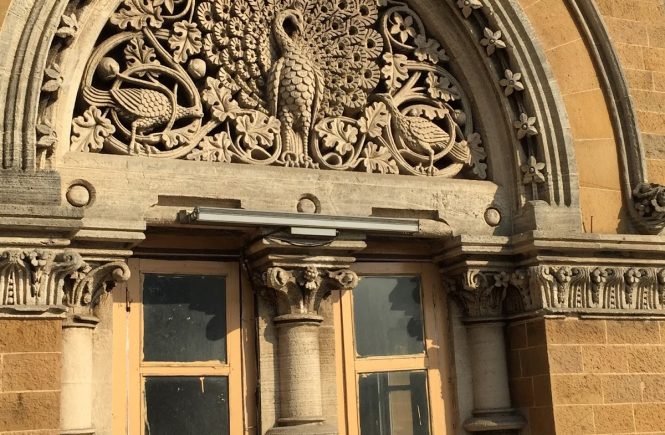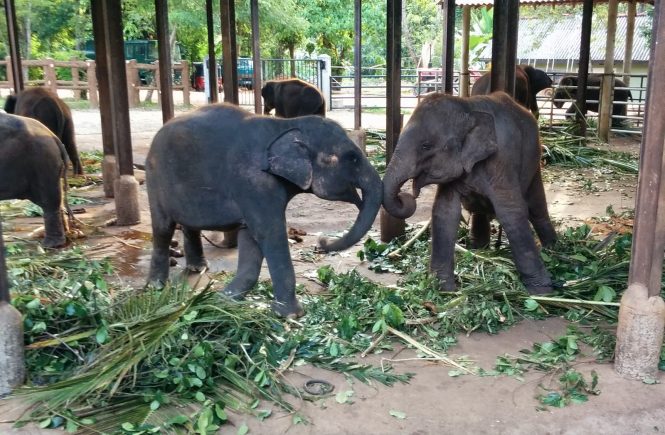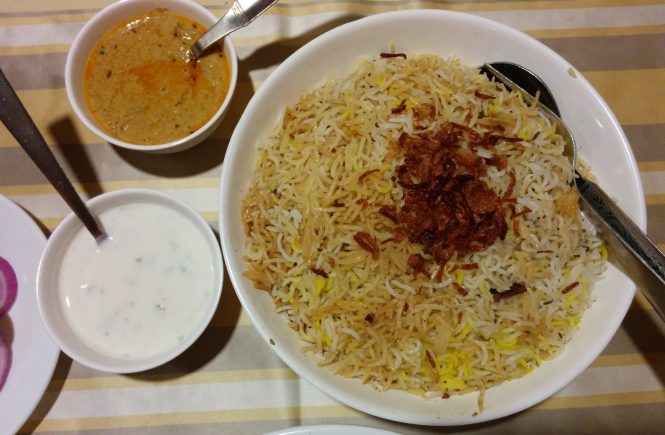I am one of those people for whom ‘Bombay’ will always remain ‘Bombay’ – an emotion more than a city. The marvelous structure now known as Chatrapati Shivaji Terminus, was introduced to me as Victoria Terminus back then. A structure I drove past on many occasions as a child, looking out of the window in awe and admiration at the giant structure. A sea of people gushing in and out of this intricate building is what my earliest memories of CST station hold – and nothing has changed over these years.
CST station is a historic structure constructed in 1888, and has been christened as a World Heritage Site by UNESCO. But not a lot of people know that the 128 year old station houses a railway museum and also conducts heritage tours for those who’d like to get up close and personal with this beautiful structure. I enrolled for the CST Station Heritage Museum Tour one weekday afternoon, and I felt like a tourist in my own city.
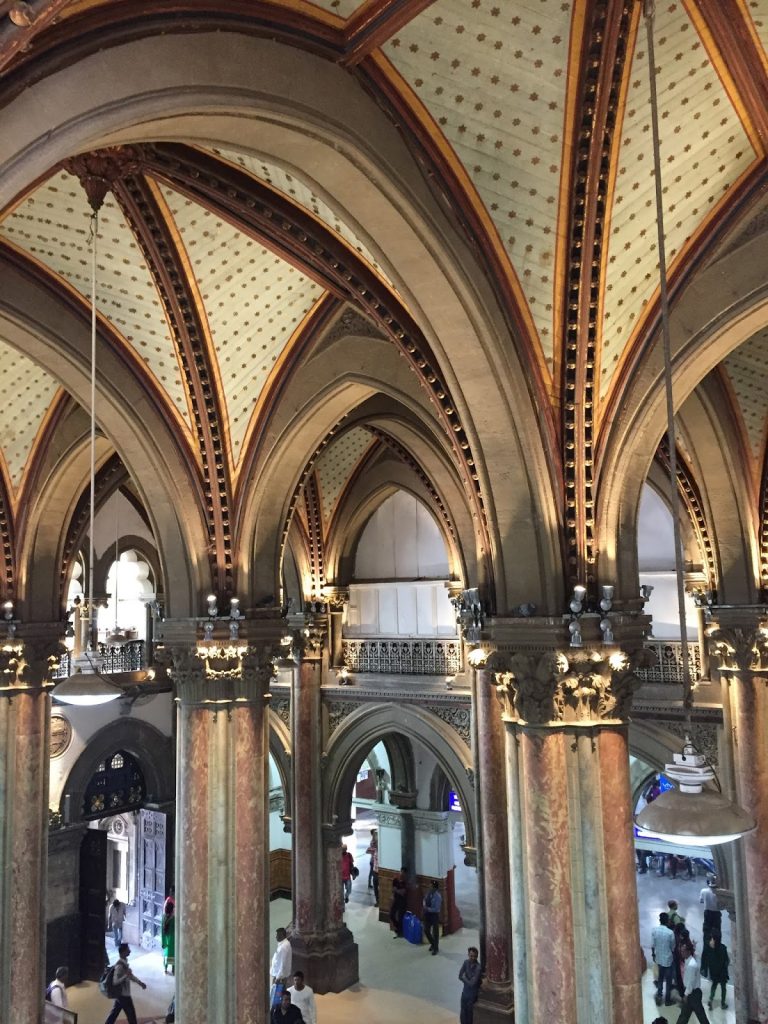
The hour long tour starts at the right wing of the station, at the entrance of the Heritage museum. Our well-informed and articulate guide (very unlike the sort of guide we were expecting), took us through the history of Indian railways, and the process that culminated in the creation of the Victoria Terminus in 1888. Apart from the boring details, the museum also houses interesting artefacts from the railways – old winding clocks, crockery and cutlery used by the officers, hand written letters etc.
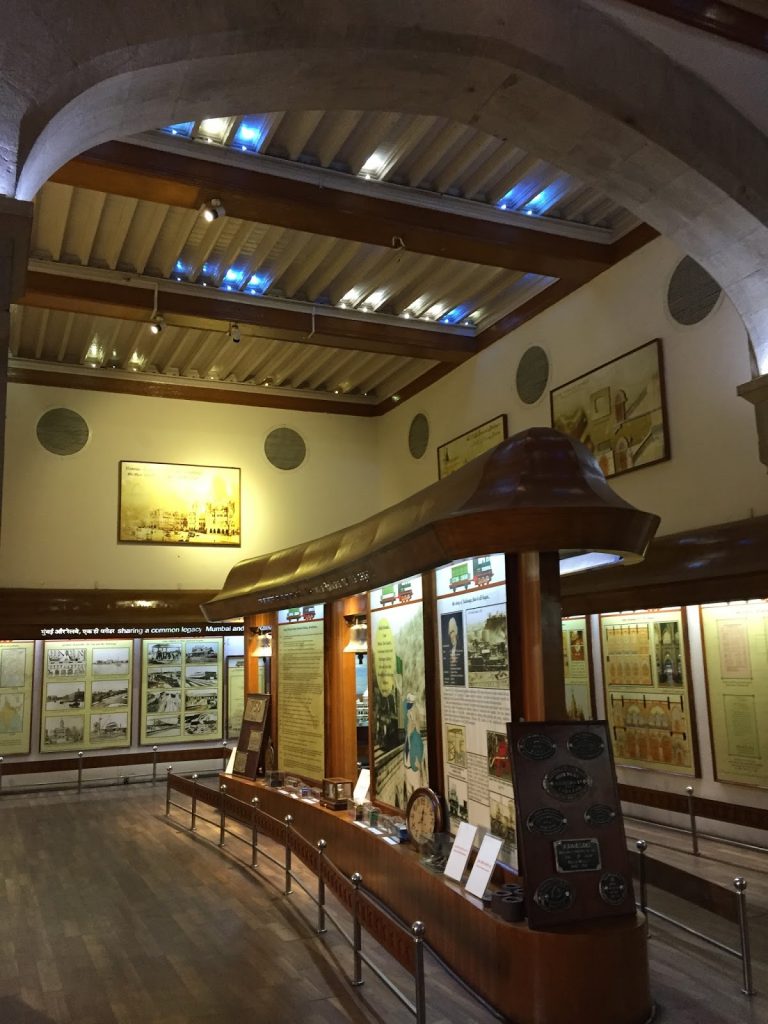
The architectural tour of the building is what captivated me the most. The Central Railways Headquarters building may be your average office building if you take away the location – sarkari babus snoozing, women gossiping in corridors, important looking men in suits hustling you to one side. But the structure that houses the headquarters takes your breath away. Ornate, intricate walls with 3-dimensional faces of animals and birds carved in. Real life 3D without the need for 3D glasses! A long winding, wide staircase created without any beams, stretches out like a serpent, standing tall even today. The stained glass windows of the central dome remain intact, without any touch up even after all these years. The entire architecture is reflective of British and Indian influences, along with the recurrent theme of railways coming through.
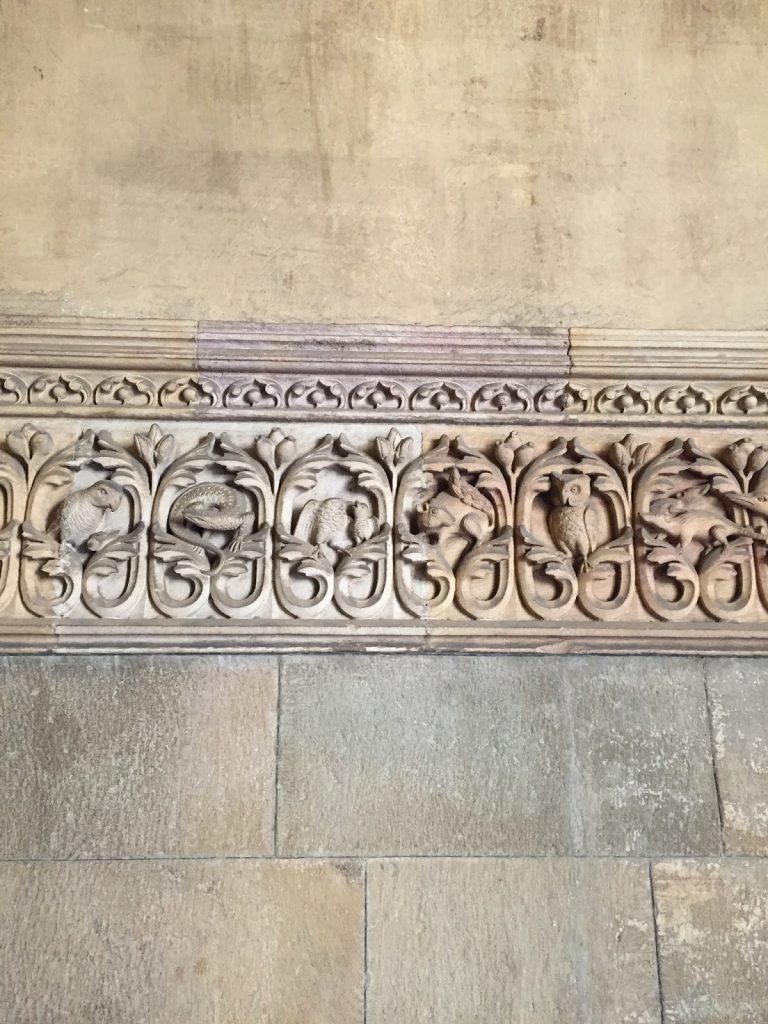
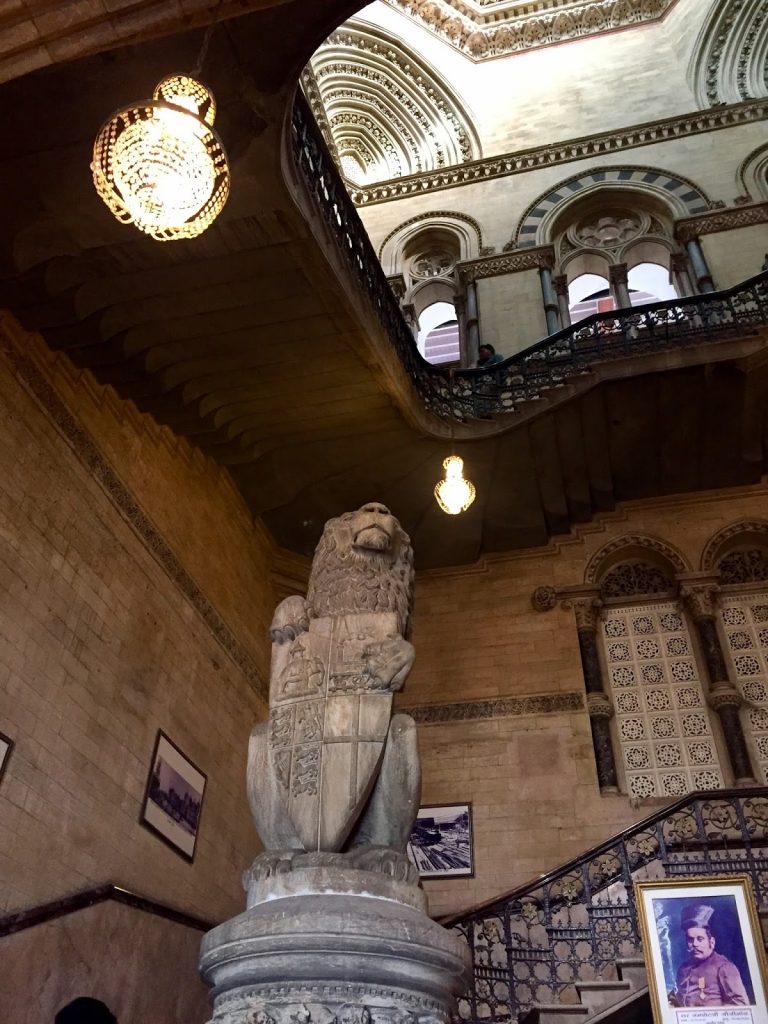
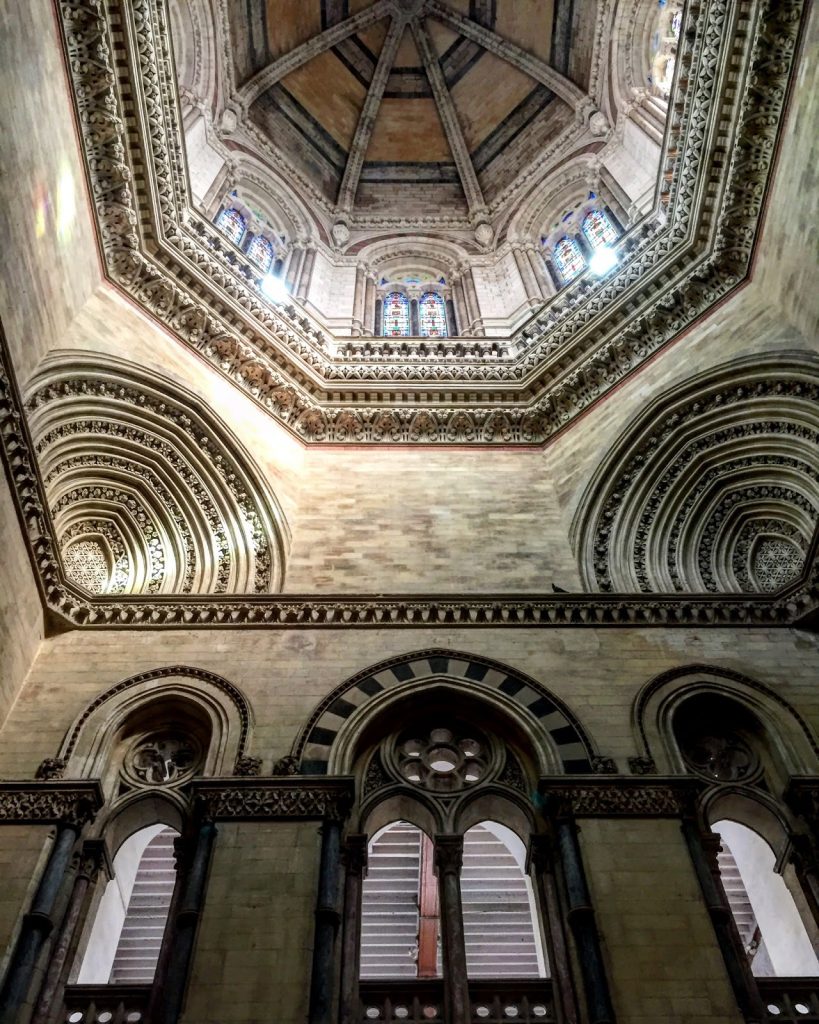
We were then taken behind the scenes to the ticketing area, also called Star Chamber because of the gold stars painted on the ceiling. Real gold foil stars, I am told! The tour also contains the dining room where British and Indian officials entertained and dined. Carved ceilings with vintage chandeliers and marble arches transport you back in time. If only we were served food to match! Our tour guide then proceeded to take us outdoors to a world of gargoyles from who’s mouths rain water was channeled outdoors during the torrential monsoons. Very, very Harry Potter-esque, if I may! And peacocks carved in stone, flanking the outer walls of the building.
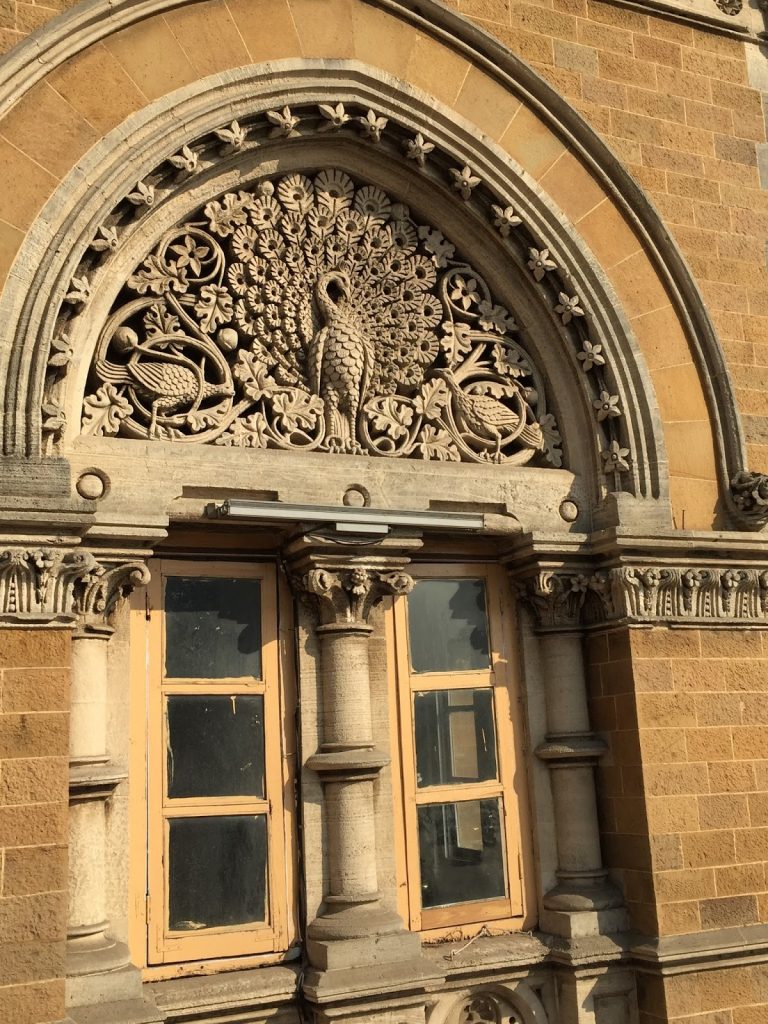
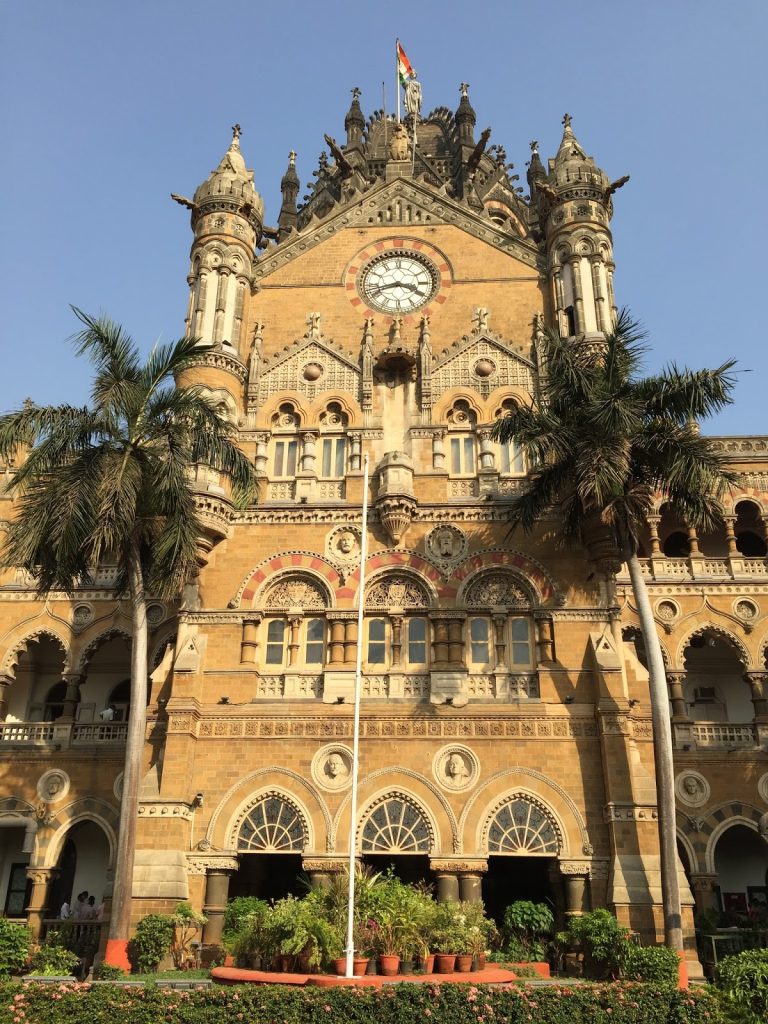
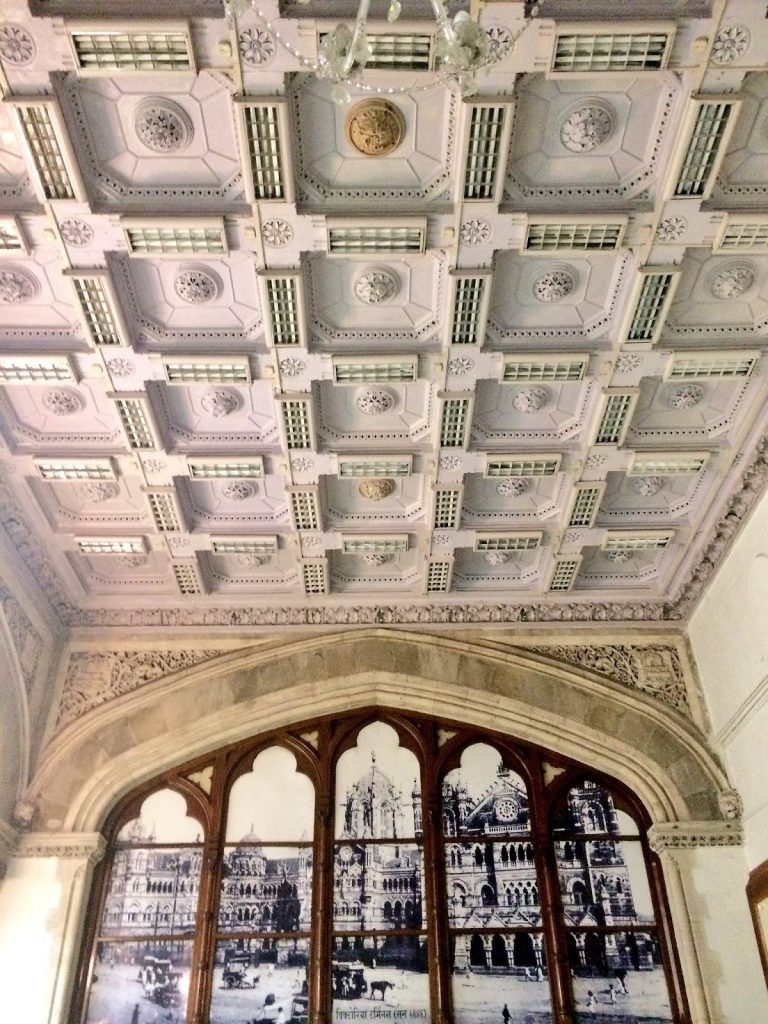
The Lady of Progress stands tall atop the main building – a wheel in one hand symbolizing progress, and a torch held above her head. Because call it Mumbai or Bombay – it is a city that indeed never sleeps! What amazed me throughout the entire tour was the detailed thought that went into constructing this masterpiece. For example in the picture below you can see carvings of the heads of men from different religions and races that constituted ‘Bombay’ back then. Bombay a multicultural city, that never sleeps. Holds true even today, doesn’t it?
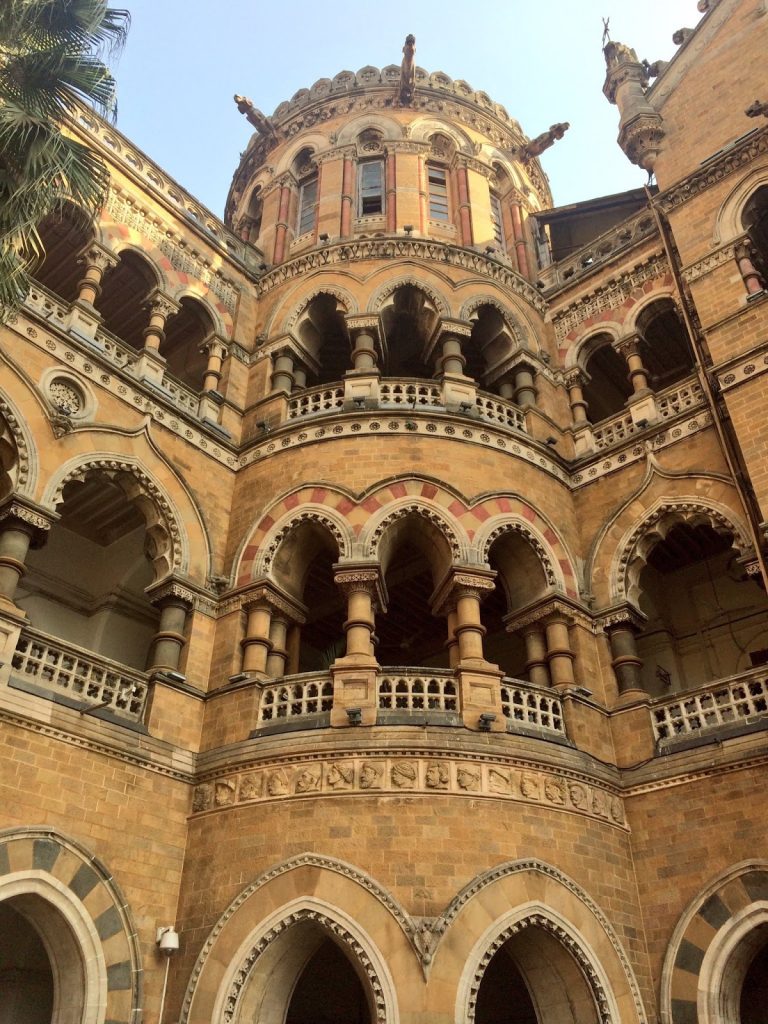
More Information: The entrance to the Heritage Museum tour is in the right wing of the main building towards the bus depot. Tickets are priced at Rs. 200/- and tours are conducted through the week, from Monday to Friday.
Read my other post in the Bombay Bygone series here.
(Liked reading this? Found it informative? Would love to hear your feedback so that I can work on similar such posts in 2017.)

